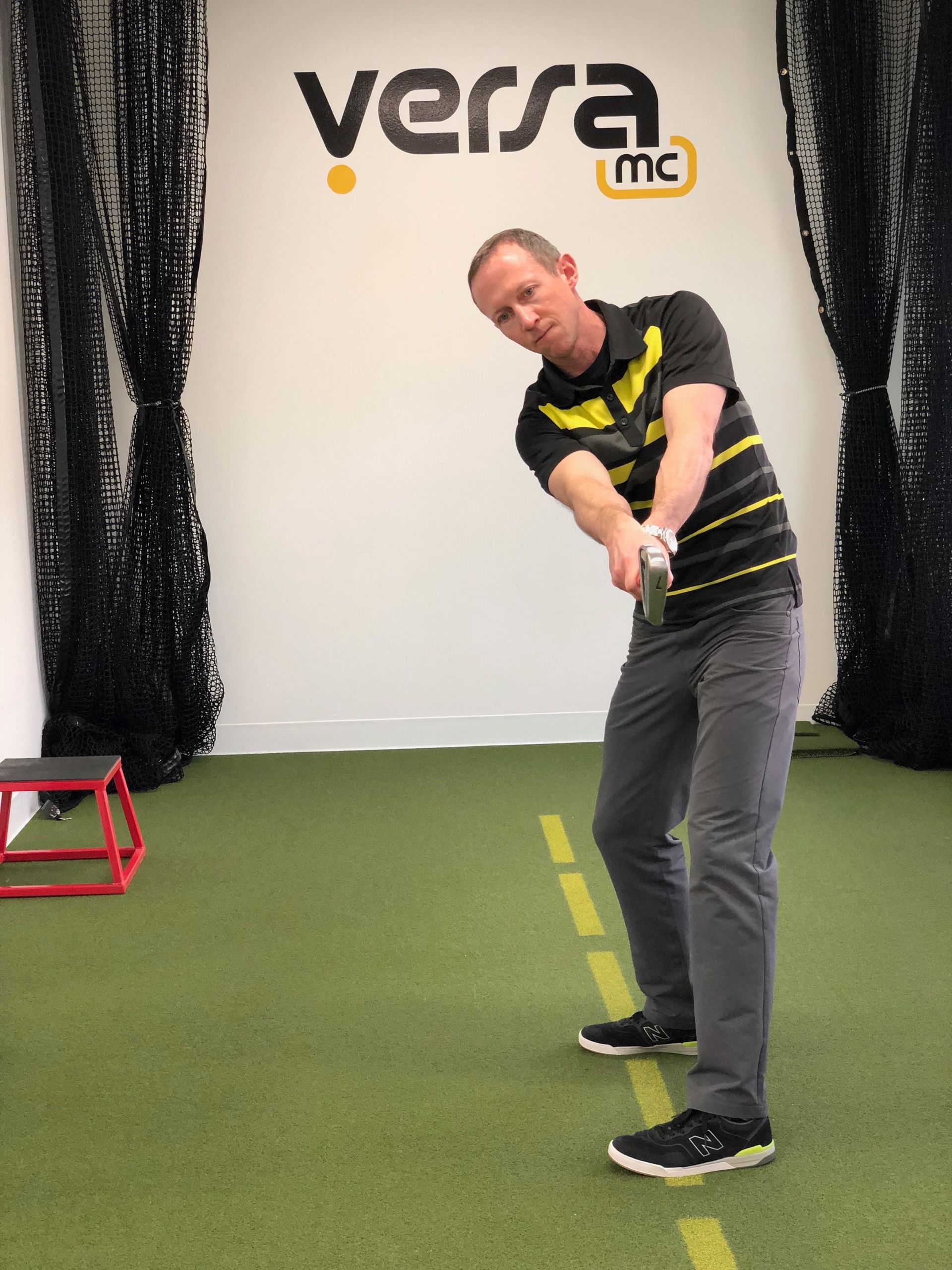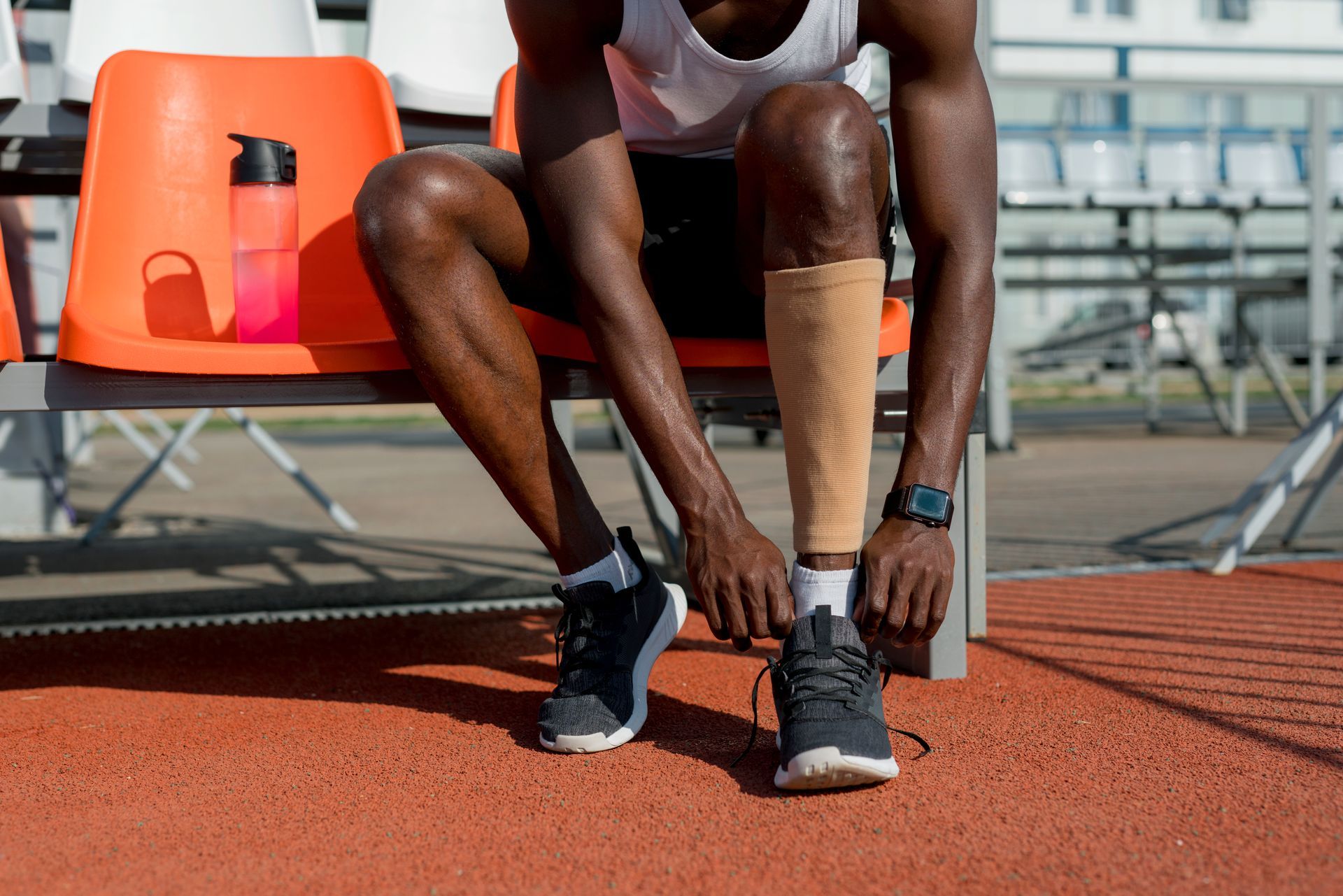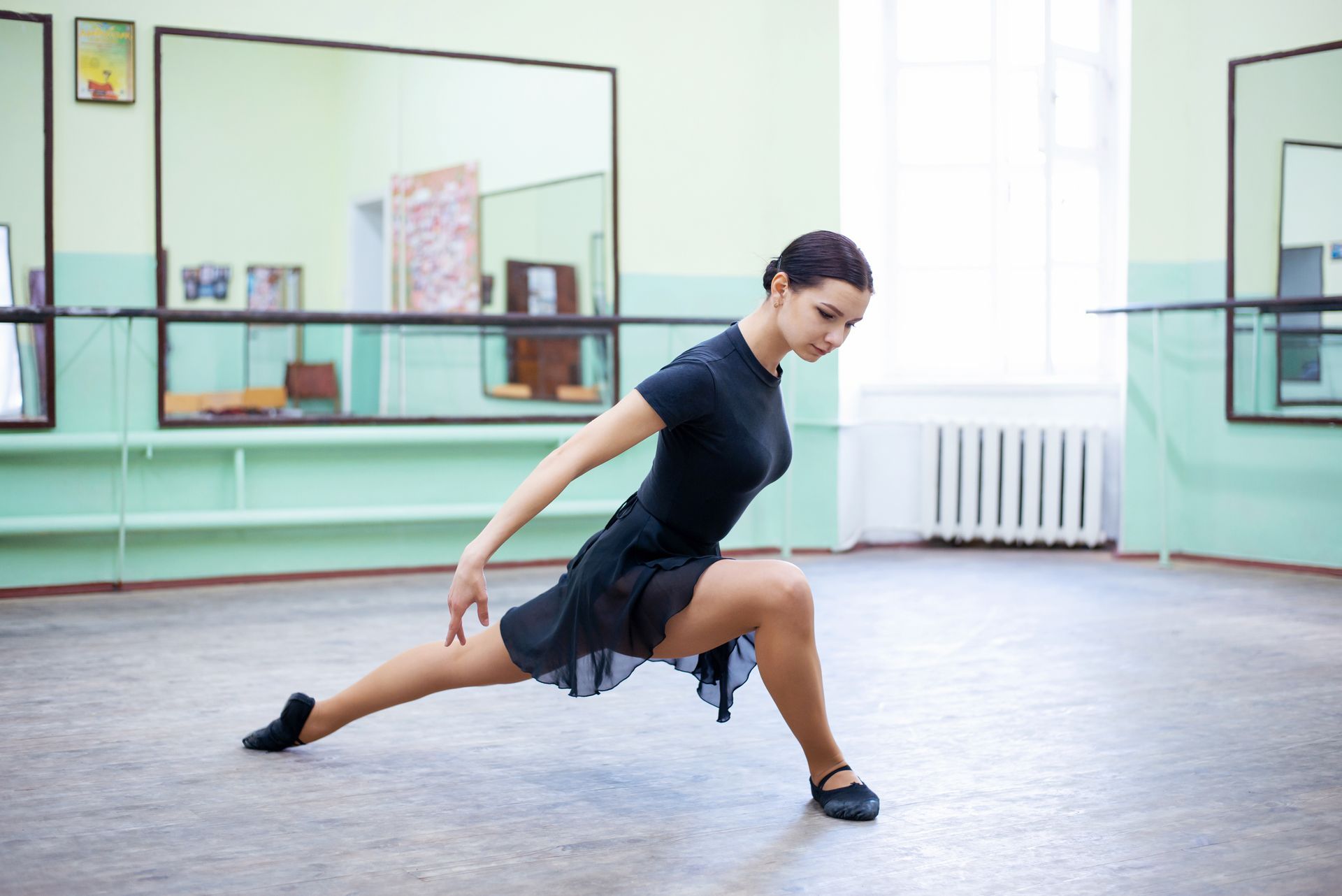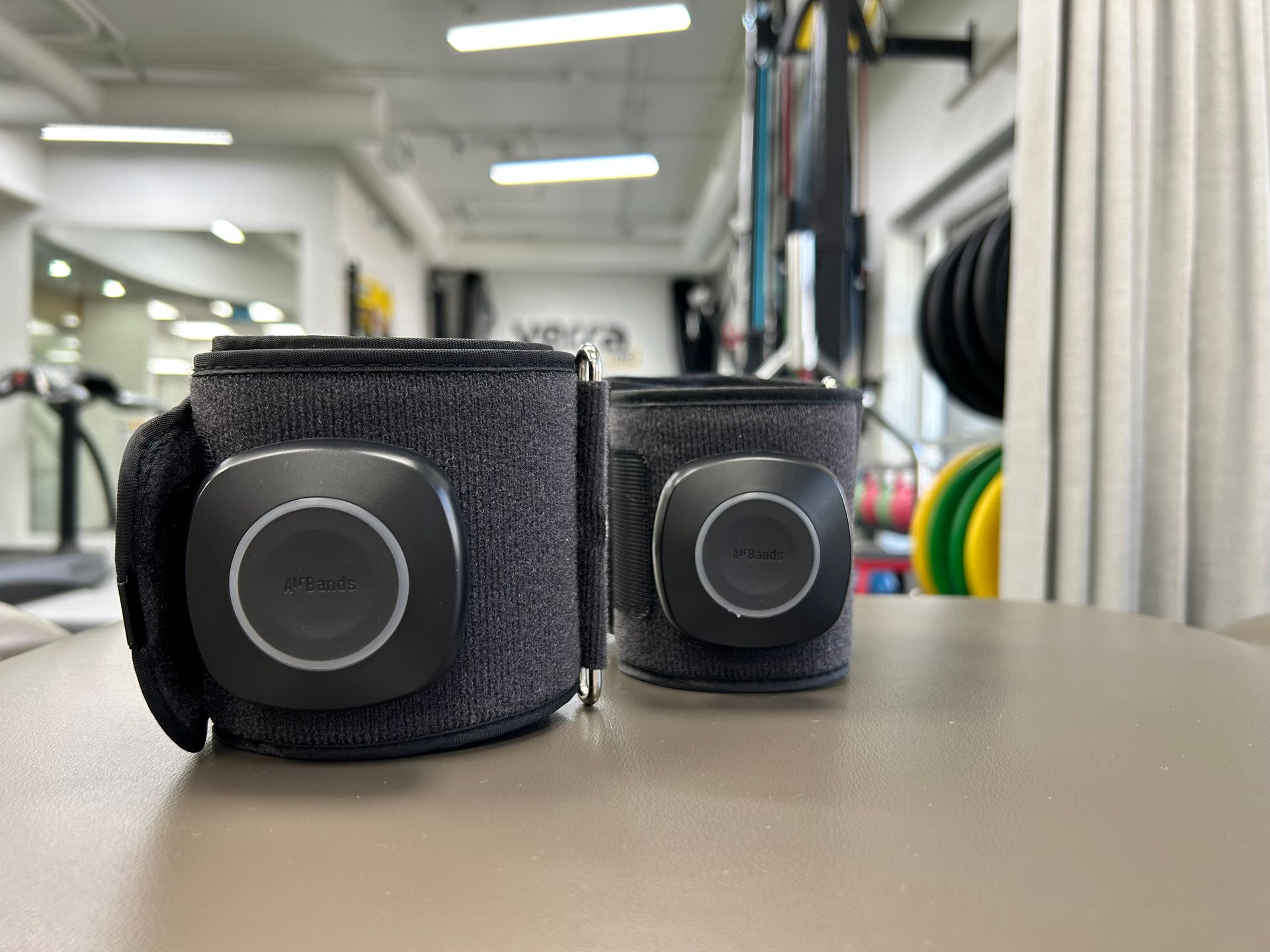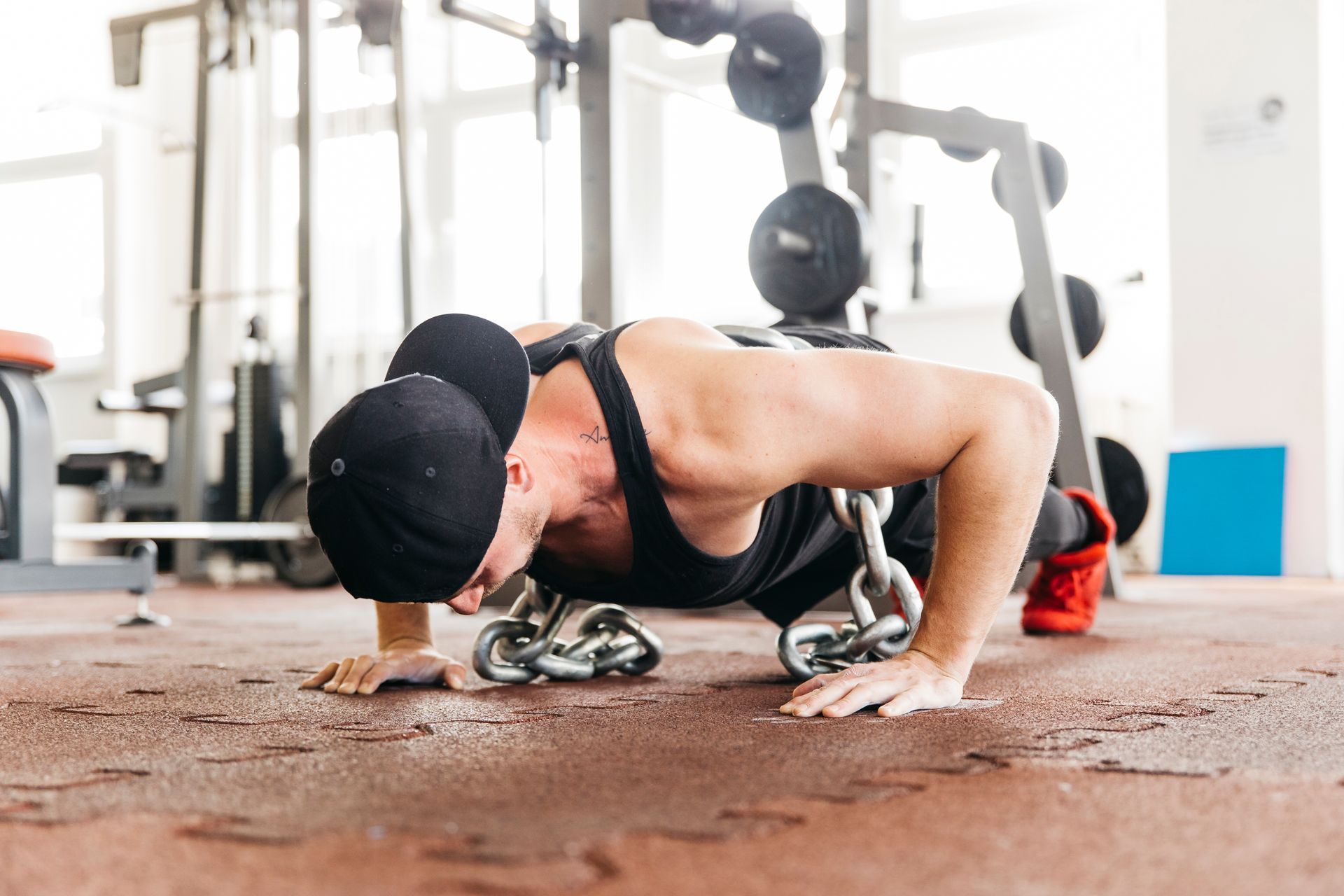Gait Analysis 101
If you are a runner and are experiencing discomfort, pain, injuries, or a performance block, you might want to consider a gait analysis. A running gait assessment is a great way to analyze your form. Addressing running form issues can improve speed and endurance, as well as decrease your risk of injury.
While running can be great for health and fitness, it is important to ensure that you are not doing your body more harm than good. Here, we’ll cover the topic of gait analysis to help you understand the basics of a gait assessment and what it can do for you.
What is Gait Analysis?
Gait analysis involves testing a person’s movement pattern. Gait refers to the pattern of limb movement while walking or running. Every individual develops a unique way of moving as a result of how they learned to walk as a child, years of developing movement habits, and injuries suffered over time.
Gait analysis is usually done at running shoe stores or in medical clinics by physiotherapists. Your movement pattern is observed while you walk or run on a treadmill, to identify behaviors that are potentially causing imbalance or are risks for injury.
Role of Gait Analysis
What is gait analysis used for? It is a good way to assess the efficiency of your running mechanics, which helps improve your speed and endurance. Gait analysis is also used to identify inefficiencies in a form that could be affecting performance and causing discomfort.
Shoe stores may perform a gait analysis to help you find the right pair of shoes for your run, while a more complex analysis by a medical professional can identify biomechanical weaknesses that you can work on fixing. When a person’s walk or run patterns are analyzed through a gait assessment, issues that are causing pain can be diagnosed and treatments can be implemented to correct any abnormalities.
Factors That Are Important in Running Gait Analysis
During a gait analysis, your physiotherapist will look at a list of factors to determine your running gait. Three factors are especially important for improving running form.
1. Cadence
Cadence is the number of steps you take per minute of running. While the average cadence is 160 steps, the ideal cadence is 180 steps per minute. A trick to perfect your cadence is to use an app that plays a beat behind the music to help you run to the ideal rhythm.
2. Foot Strike
The part of your foot that touches the floor first when you take a step is your foot strike. A foot strike that lands too far in front of the hip increases the force impacting your body. During a gait assessment, your physiotherapist will determine if you would benefit from an adjustment to your foot strike.
3. Strength
It is important to have muscles that are strong enough to endure the forces of running and to maintain good alignment during your run. It is good practice to include strength training into your routine if you are a runner. Consider exercises that will strengthen the muscles in your legs and around your pelvis.
Book an Appointment
Do you experience pain after a run or are struggling to improve your athletic performance? A gait analysis will give you valuable information about your running patterns to find the root cause of your difficulties.
Our physiotherapists at Versa Movement Collective can help you identify biomechanical weaknesses and determine the best treatment or changes that will correct your gait. Call us on 14037270802 or book an appointment online .


